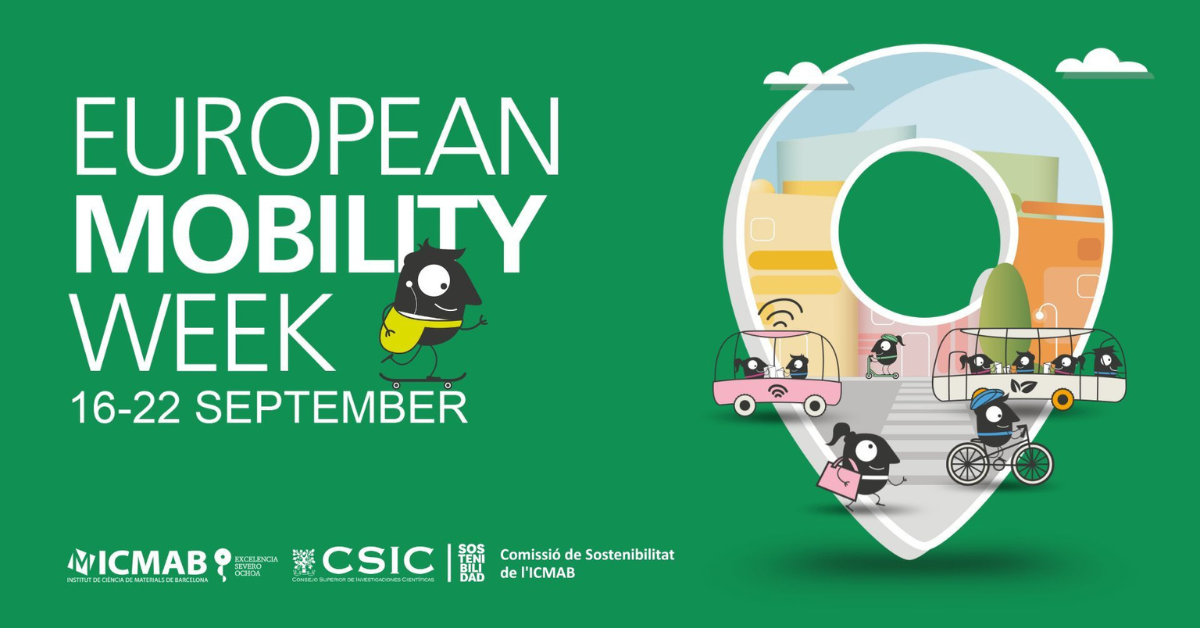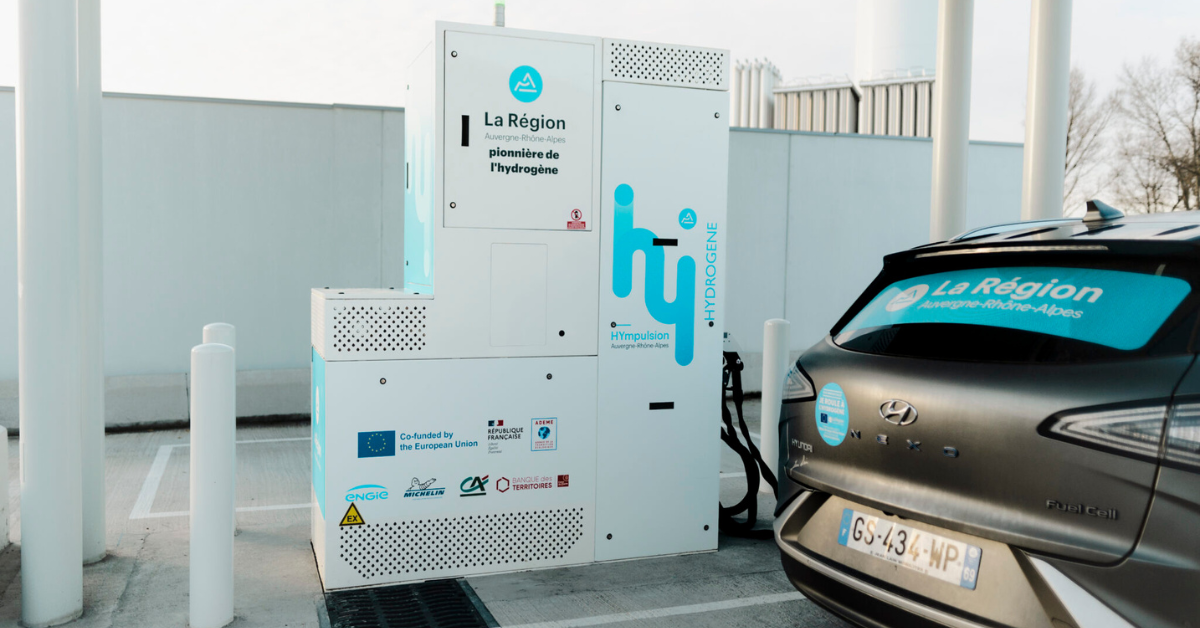A holistic understanding of city-to-city learning and cycling’s role in the mobility revolution
Prof Meredith Glaser is one of Europe’s leading cycling and active travel academics. Transitioning to a sustainable mobility future is no simple task and, as she explains, evidence-based policies on cycling are required to implement this much-needed but complex change.
With a multi-disciplinary background in public health and urban planning, Prof. Dr. Meredith Glaser is a sought-after educator and public speaker on urban cycling systems and processes of change. She is CEO of the Amsterdam-based non-profit Urban Cycling Institute and was recently appointed Professor of Cycling at Ghent University.
Her passionate contribution to the ‘Making Way for Cycling and Walking’ session at Intertraffic Amsterdam 2024 was notable for her reference to the concept of city-to-city learning and how cycling can speed up the mobility transition.
Californian Glaser explains the modus operandi and mission of the Urban Cycling Institute, an independent non-profit organisation that was initially founded within the University of Amsterdam’s School of Social Sciences.
“We’re independent now but we work closely together with the University of Amsterdam and other universities, too. Our mission is to accelerate the transition to sustainable urban mobility. We do this through capacity building, research and actively applying insights from research into practice,” she says.
“So that means that we work directly with cities, with other non-profits, think tanks and government entities. We also work with industry partners within the bicycle industry to build capacity around transformation. We’re not a consultancy, but we do engage with service-based products. For example, we teach courses, we design custom leadership programmes. We also engage in or offer research activities, but it's always in conjunction with the partner that we're working with. We like to say that we’re not delivering solutions,” she adds, before unintentionally coming up with this article’s headline. “Instead we deliver frameworks for rethinking transportation systems.”
THE END OF CAR-CENTRICITY
In order to achieve their sustainable mobility goals, European cities and regions have to steer away from planning around the car.
“Cities and regions have to move towards alternatives that offer more than just mobility,” insists Glaser. “They also have to offer enhanced well-being and health and sensitivity towards the ecology of our environments and the economies of our local communities. Urban communities are suffering from mental health issues, physical ill health, and for depressed economies and social inequities. We see the bicycle as a tool to solve simultaneous issues.”
Transportation can offer cities and regions more than mobility – enhanced well-being and improved health and sensitivity towards the ecology of our environments and the economies of our local communities
As for the concept of city-to-city learning, or how cities can take inspiration from the best practices of like-minded and perhaps geographically and topographically others, cycling is clearly a key tenet to meeting those aforementioned sustainable urban mobility targets. Transferable knowledge …
“City-to-city learning is especially dear to my heart because it was the topic of my PhD thesis,” enthuses Glaser, “and this idea that best practice can move from city to city is a bit of a misnomer, because best practices actually hide all the very interesting nuances that led to the establishment of that practice. A very common best practice in the world of cycling concerns infrastructure: so how did the Dutch implement a nationwide bicycle network? What are the best practices around this type of bicycle infrastructure? There are so many steps that are not accounted for,” she insists.
“When discussing the implementation of bicycle infrastructure, every city is completely unique when it comes to their governance, legislation, regulations, land use zoning, how public space is designed, how roads are designed, and there is no one way to think about how one city can implement a bicycle network. In my thesis, I argue that best practices actually hamper city-to-city learning, because it hides so many complexities and it puts certain ideas on a pedestal.”
THE LEARNING PROCESS
Glaser’s assertion is that the more productive way to go about city-to-city learning is through more intensive learning formats, where city officials, engineers and planners are a part of a longer term, more strategic learning process.
Best practices actually hamper to city-to-city learning, because it hides so many complexities and it puts certain ideas on a pedestal
“This is what can get to the heart of these other issues around governance, legislation and regulations. Conferences and summits can be a big part of this, because part of the role of a conference is to share these best practices. They can do a much better job at creating environments for learning how cities got to that best practice and they are the best practices that cities want to hear about.”
In her summit session in April, Glaser also talked about the need for city and regional authorities to adopt a holistic understanding of mobility needs. In this context, what did she mean by holistic?
“Moving towards sustainable mobility is a complex challenge because it inherently involves uncertainties and complexities. Taking a systems approach to mobility is what I mean by saying we need a more holistic understanding of mobility, in that mobility itself is shaped by, but also shapes, other dimensions of our cities. The way that we move in cities is directly related to residential locations, employment locations, other retail and amenities. It's also related to how we see ourselves.”
LIMITING THE TRANSITION
“Mobility patterns are closely related to our household characteristics,” she continues. “So, whether this household has children, the age of their children, if the household is intergenerational. Policy that moves away from the car must also account for all these dynamics. For instance, lower income households tend to not be able to afford a car. In many areas this is very limiting to where this household can and cannot go. It means that low-income households are more reliant on walking and public transit and potentially cycling as well. All these dynamics must be considered when creating policies for mobility. It cannot be a siloed effort, it has to be integrated into other domains otherwise it is too limiting for the transition to sustainable mobility because it is in direct opposition of what transition means. Transitions are complex. Transitions require us to rethink our habits and beliefs and for the last 100 years, most of transportation has been dominated by planning for the automobile.”
Moving towards sustainable mobility is a complex challenges because it inherently involves uncertainties and complexities
HERE COMES THE DATA
Randomly choose any article on this website that has been uploaded over the last four or five years and it’s likely that the topic of data will have been discussed at some point. Intertraffic suggested to Prof Glaser that as this was intended to be an article that was ostensibly about cycling, it would be given exceptional status as it would be free of any focus on data. However, this was not to be the case.
“I was actually looking forward to talking about data!” she retorts, “since transportation is founded on the principles of engineering. We, as ‘transport users,’ are treated as particles in an environment that has no context. In order to really create valuable knowledge that our cities can use to develop equitable, evidence-based policies, we need to completely rethink how we collect data about people's travel behaviours. We humans are not just particles that optimise our travel - there's plenty of research that shows that we are sensitive to environmental and social stimuli in our daily travel.”
We humans are not just particles that optimise our travel - there's plenty of research that shows that we are sensitive to environmental and social stimuli in our daily travel
Evidently an article on cycling this may be, but the topic of data is never far from the thinking of a transport professional.
“That also brings me to another point,” interjects Glaser. “So much traffic data is based on commute trips, and commute trips only represent a fraction of the total trips that are taken. Most policies are then based on unreliable data that only counts a portion of the trips and is very gender-insensitive because commutes are, of course, then mostly focused on men,” she adds.
“They discount a whole range of other trips that are more often taken by women and caregivers. In order to really rethink the way that we capture the type of data that informs policy knowledge, then we really need to understand more about who is travelling. It’s not only about commuting, it's also about those very personal trips, like taking your child to school or attending a medical appointment. Commuting completely discounts whole segments of population, like elderly people who are not commuting to work. So we as practitioners and researchers need to enlarge our capacity for researching and studying how that translates into evidence-based policy.”
To find out more about the Urban Cycling Institute and Prof Dr Meredith Glaser’s work as Professor of Cycling at the University of Ghent, you can follow both organisations here:
LinkedIn: @Urbancyclinginstitute and for UGhent, @Meredith Glaser
X: @Fietsprofessor
Get up to speed on the mobility industry - our newsletter straight to your inbox!


